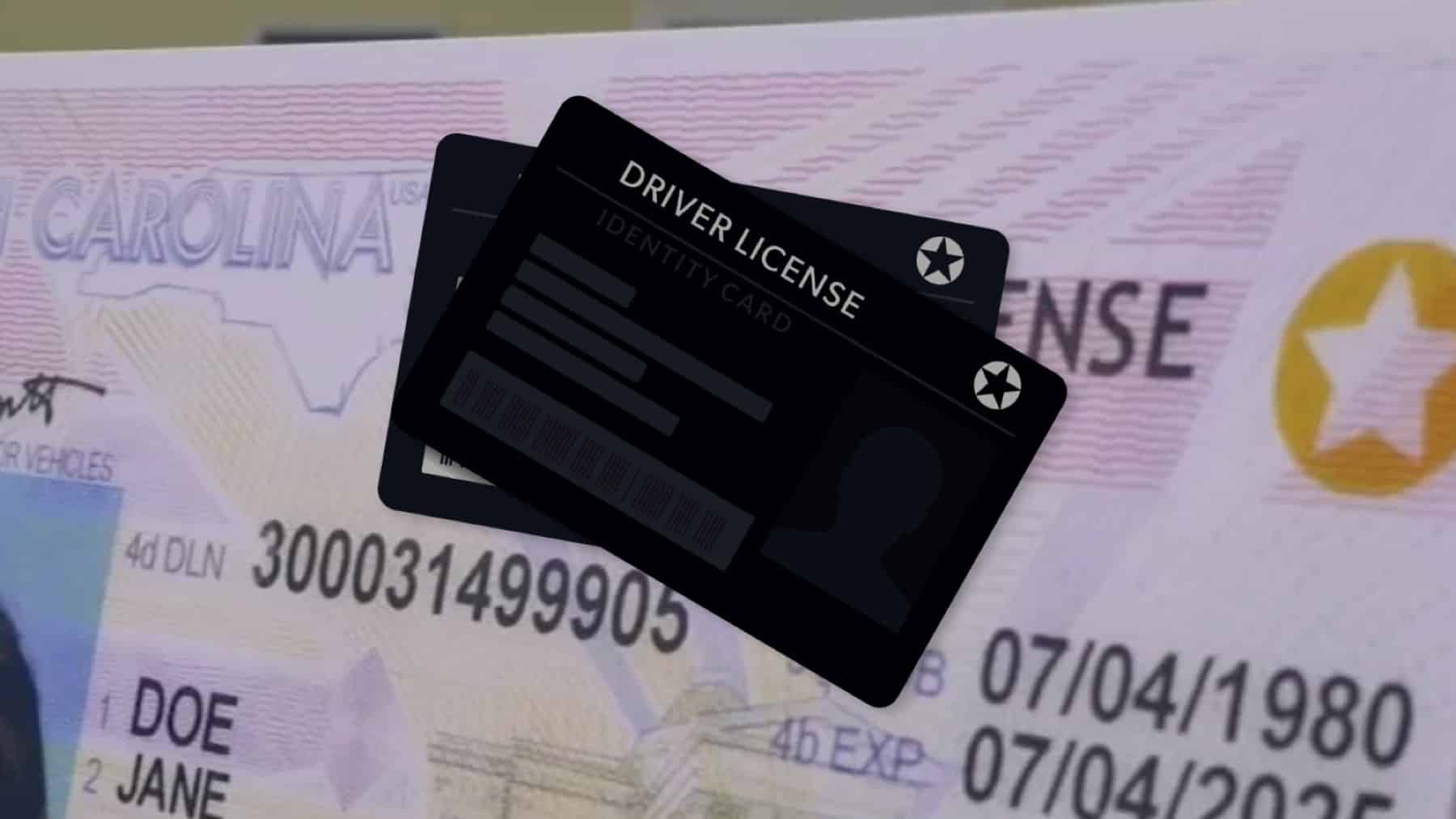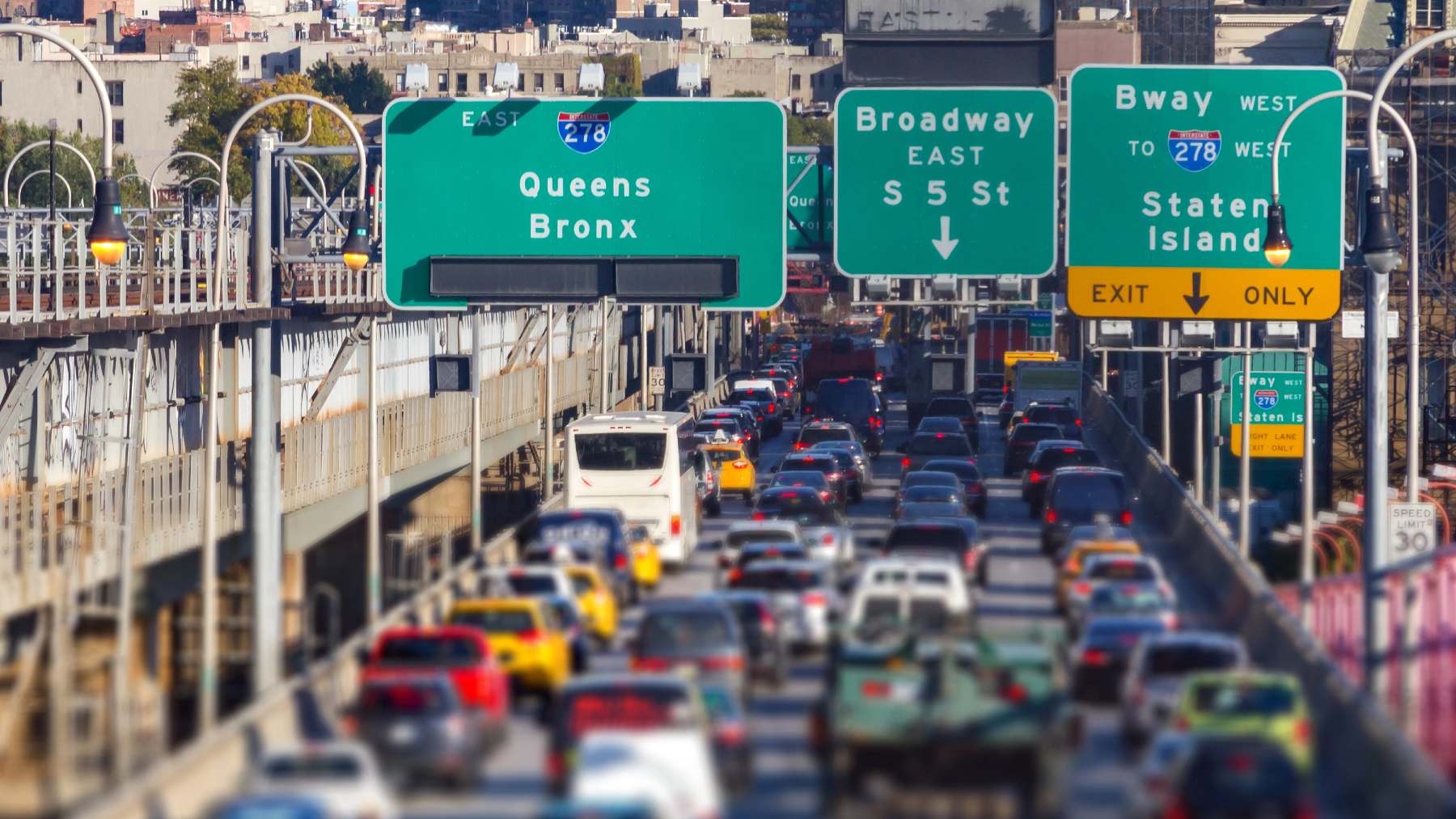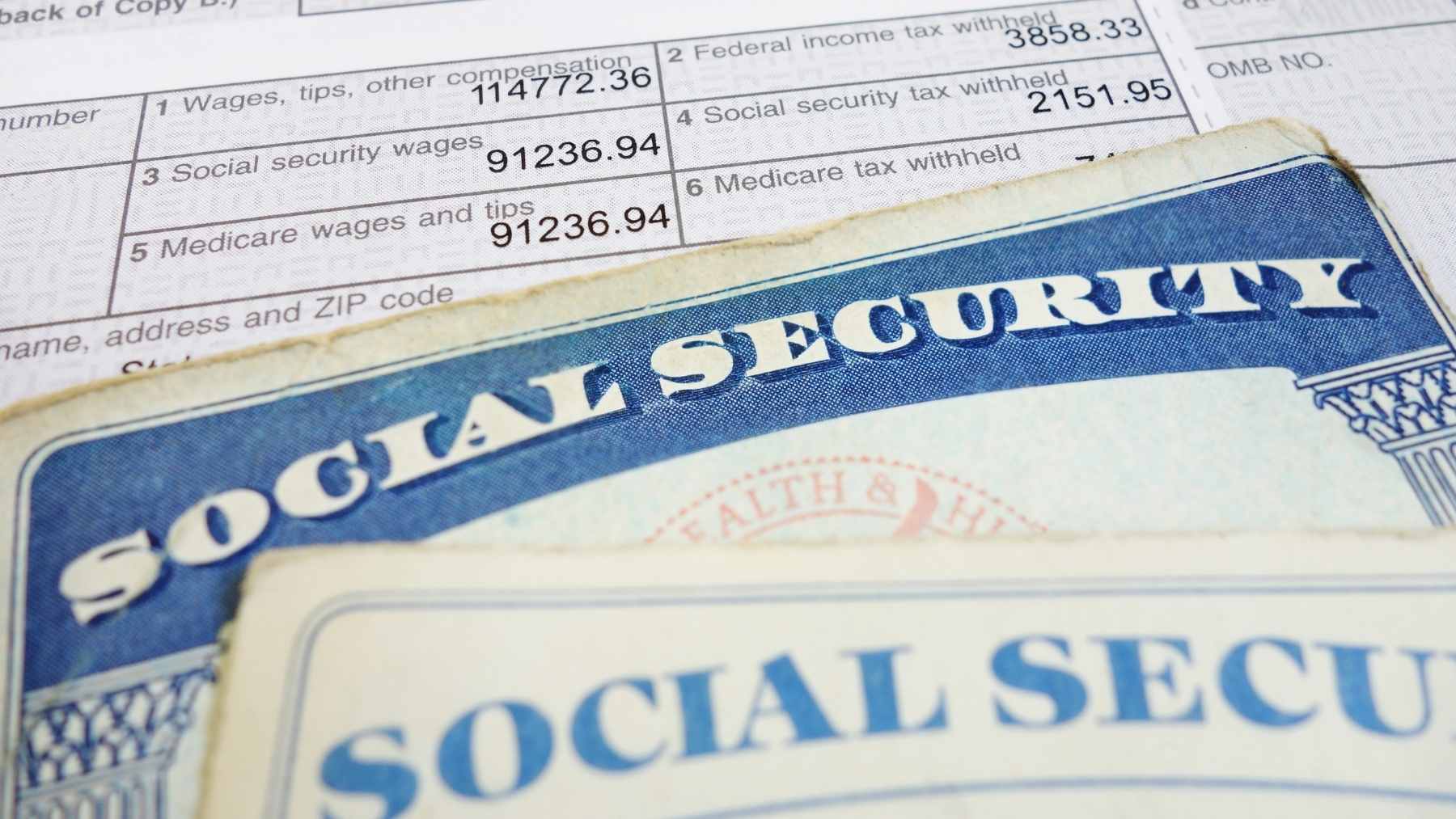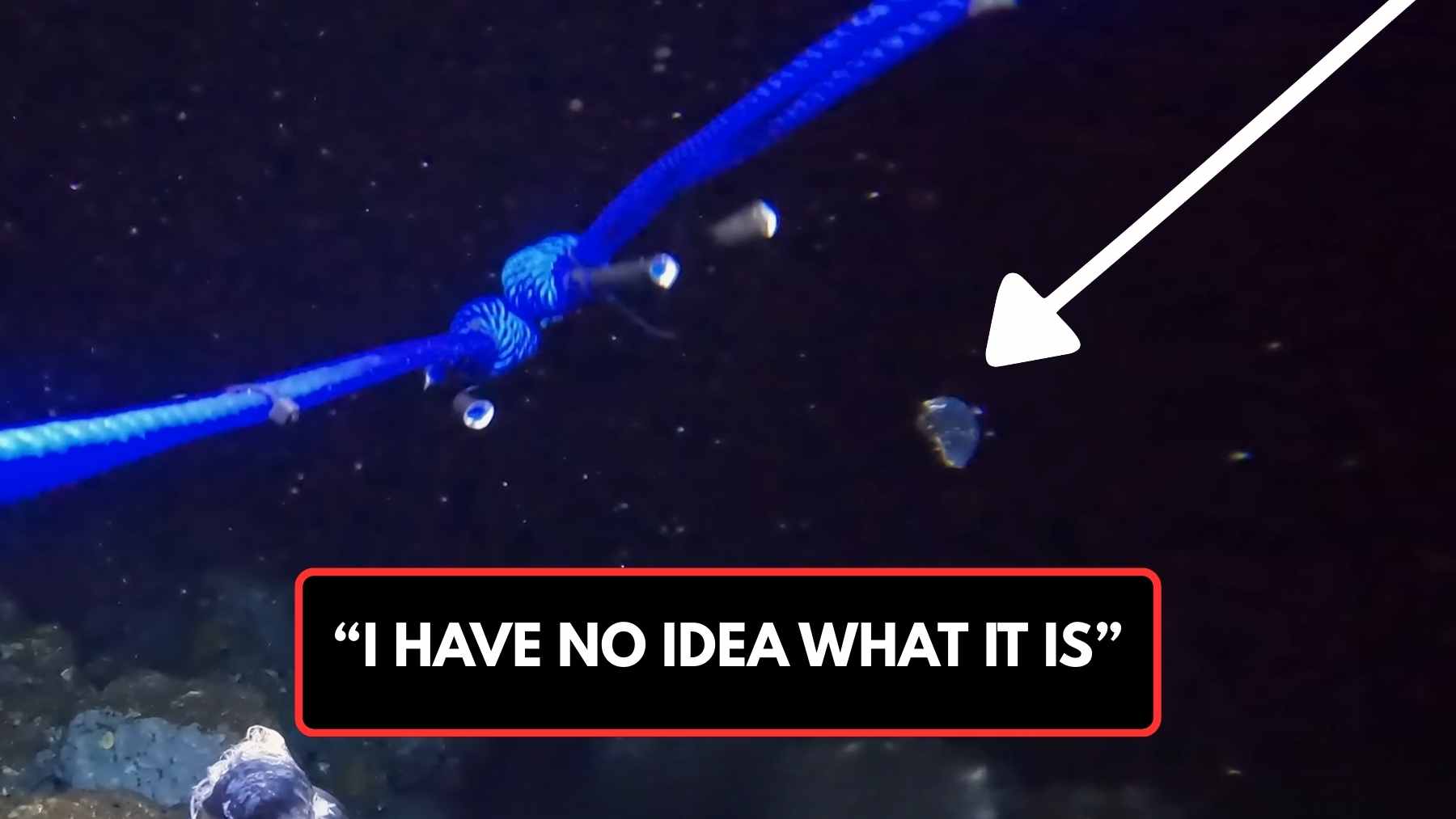Today marks the deadline for all Americans to ensure that their identity documentation is REAL ID-certified. First enacted twenty yeas ago, this deadline has been pushed back numerous times, however, the time has finally come. REAL ID certification ensures a consistent standard of documentation across state differences in identity documents. However, while this deadline is applicable for all citizens across all states, there are five states which are exempt from today’s deadline.
What is the REAL ID?
The REAL ID Act was passed in 2005 in the aftermath of the 9/11 terrorist attacks. At the time, the 9/11 Commission recommended to the federal government that in order to increase homeland security, the government should ensure that there is consistency across identity documents between states. At the time, states did not have regulated standards of identity documents, meaning they all differed from each other significantly, making it easier to make a fraudulent identity card.
According to the US Department of Homeland Security, the official purposes covered by the REAL ID Act and regulations are:
- Accessing certain federal facilities;
- Boarding federally regulated commercial aircraft; and
- Entering nuclear power plants.
Regarding today’s deadline, if your identity documents are not REAL ID-certified and you are over the age of 18, you will not be allowed to board a domestic flight or enter a federal building. To have your identity documents REAL ID certified, they must display will have a gold, circular star in the upper corner of your identity cards.
These states are exempt from the deadline
According to A CBS News data analysis conducted from April 7-18 of this year, at least 17 states are less than 50% REAL ID compliant, while 30 states are less than 70% compliant. However, some states have nearly all residents REAL ID-compliant already. These states include Colorado, Florida, Georgia, Maryland, Nebraska, South Dakota, Wyoming, and the District of Columbia, which have over 90% compliance. The states with the highest compliance rates at the time of the analysis include Texas, which reports 98% compliance, Mississippi at 97%, Hawaii at 96%, Utah at 96%, and Vermont at 92%.
While some states rush to hurry the process to ensure their residents have REAL ID-compliant documentation now that the deadline is here, the following states do not need to adhere to the deadline:
- Michigan
- Minnesota
- New York
- Vermont
- Washington
These states do not need to have the deadline apply to them as they began to roll out enhanced driver’s licenses over ten years ago. Enhanced IDs are an alternative to REAL ID compliance, meaning that if you have an enhanced ID, they are considered to be up to the same standards as a REAL ID-compliant document. They are recognized by the word “Enhanced” at the top of the card and a graphic of the US flag in place of the REAL ID star.
What can you use instead of a REAL ID?
If you have not yet gotten around to getting your identity documents REAL ID certified, the Transportation Security Administration has provided a list of identification documents that you can use instead of a REAL ID. These include the enhanced driver’s licenses, only available to Michigan, Minnesota, New York, Vermont, and Washington residents, your US passport, DHS trusted traveler cards (Global Entry, NEXUS, SENTRI, FAST), U.S. Department of Defense ID, including IDs issued to dependents, and your permanent resident card.
Other forms of identity documentation which are also acceptable include a border crossing card, an acceptable photo ID issued by a federally recognized Tribal Nation/Indian Tribe, including Enhanced Tribal Cards (ETCs), HSPD-12 PIV card, a foreign government-issued passport, a Canadian provincial driver’s license or Indian and Northern Affairs Canada card, transportation worker identification credential, U.S. Citizenship and Immigration Services Employment Authorization Card (I-766), U.S. Merchant Mariner Credential, or a Veteran Health Identification Card (VHIC).














